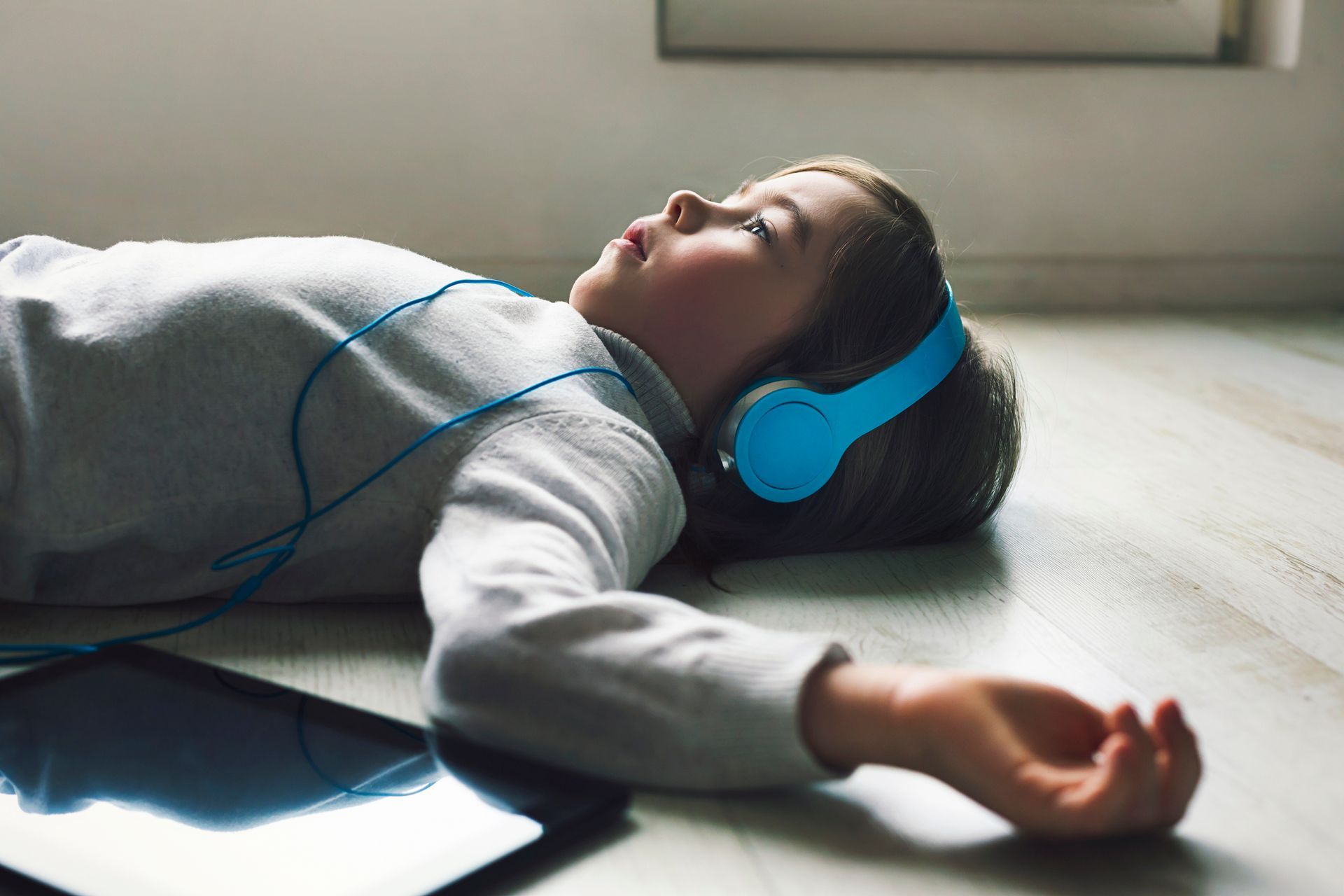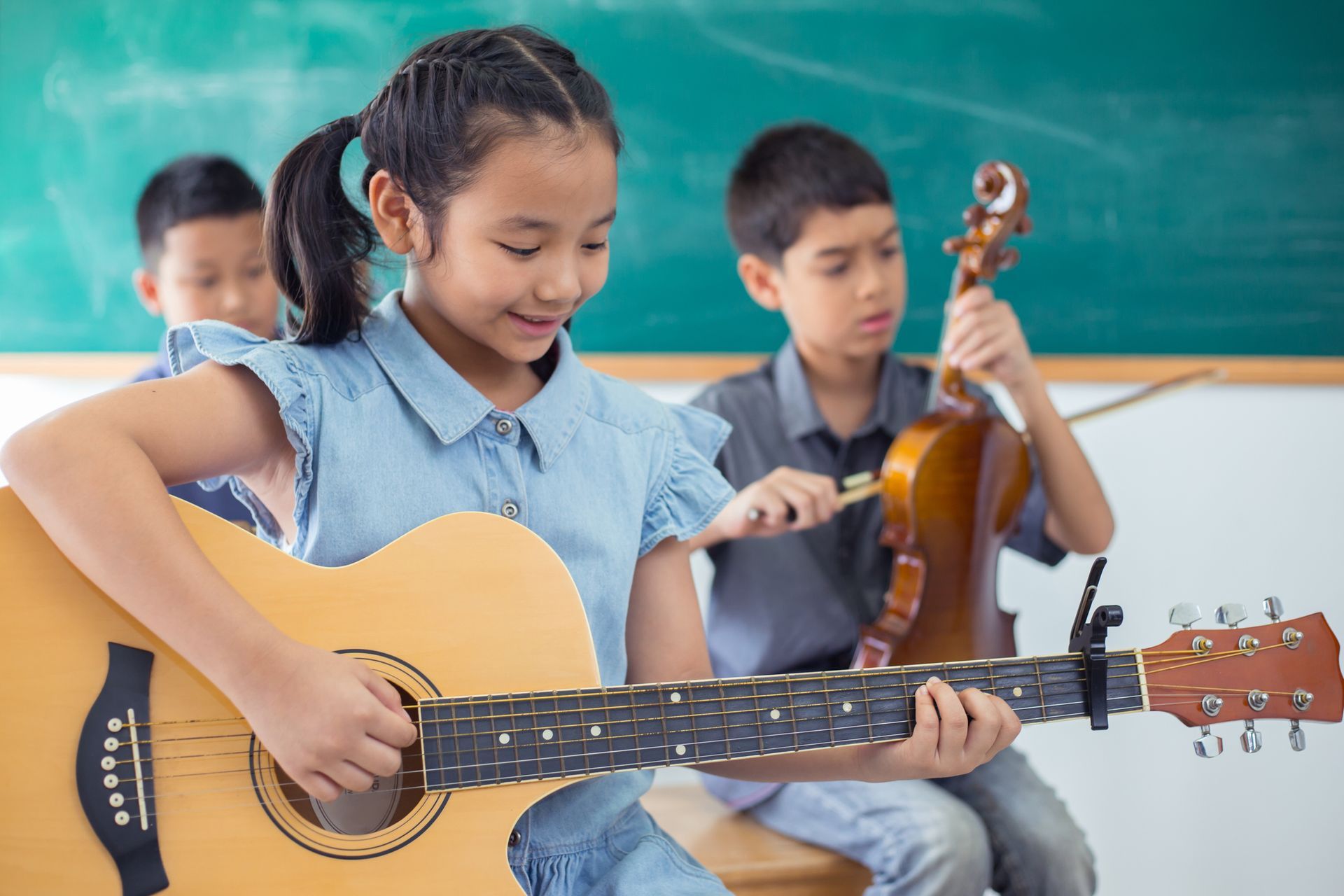Neuroscience
MUSIC CARE WEBINARS
Blogs






Articles
Alexander, M. and Beatty, L. (1996). Music improves emotional awareness (letter). Family Medicine. May; 28(5):318
Boso, M., D'Angelo, E., & Barale, F. (2013). Neurophysiological correlates of musical giftedness in Autism Spectrum Disorders. Music and Medicine, 5(4), 223-227.
LaGasse, A.B., & Thaut, M.H. (2013). The neurobiological foundation of neurologic music therapy. Music and Medicine, 5(4), 228-233.
Luce, D. (2001). Cognitive therapy and music therapy. Music Therapy Perspectives, 19(2), 96-103.
Nozaradan, S., Peretz, I., Missal, M., & Mouraux, A. (2011). Tagging the neuronal entrainment to beat and meter. The Journal of Neuroscience, 31(28), 10234-10240.
Pereira, C.S., Teixeira, J., Figueiredo, P., Xavier, J., Castro, S.L., & Brattico, E. (2011). Music and emotions in the brain: Familiarity matters. PLoS ONE, 6(11), e27241.
Rauscher, F. et al. (1997). Music training causes long-term development of preschool children’s spatial-temporal reasoning. Neurological Research. 19:2-8.
Thaut, M.H. et al. (Thaut, M. et al (1999). The Connection Between Rhythmicity and Brain Function. IEEE Engineering in Medicine and Biology 18, 2, 101-108.
Wilhelm, K., Gillis, I., Schubert, E., & Whittle, E.A. (2013). On a blue note: Depressed peoples' reasons for listening to music. Music and Medicine, 5(2), 76-83.
Zatorre, Robert J., Chen, Joyce L., Penhune, Virginia B (2007). When the brain plays music: auditory - motor interactions in music perception and production. Nature Reviews Neuroscience, 8: 547-558.
Books
Bruscia, K. (1998). The dynamics of music psychotherapy. Gilsum, NH: Barcelona Publishers.
Doidge, N. (2007). The brain that changes itself. New York, NY: Penguin Books.
Gruhn, W., & Rauscher, F.H. (Eds). (2008). Neurosciences in music pedagogy. New York, NY: Nova Science Publishers, Inc.
Levitin, D., (2006). This is your brain on music: The science of a human obsession. New York: Dutton.
Sacks, O., (2007). Musicophilia: Tales of music and the brain. Toronto, ON: Knopf Canada.
Links
Institute for Music and Neurological Function
www.musictherapy.imnf.org
Java Music Club
http://javamusicclub.com/
The Java Music Club is a unique, mutual support group program for long term care homes, residential supportive housing and community health organizations that group participants and staff love and: a) is easy to implement by existing staff (no musical skills required); and b) comes with complete programs materials and training for staff.
Laurier Centre for Music Therapy Research
www.soundeffects.wlu.ca
McMaster Institute for Music and the Mind
mimm.mcmaster.ca
Prelude Music Therapy
www.preludemusictherapy.com
Serves children and adults with special needs by sharing information; creating and publishing music therapy strategies; conducting presentations; and, by offering music therapy resources.
Society for Arts in Healthcare
www.thesah.org
Songs of Love Foundation
www.songsoflove.org
jb music therapy - Calgary
www.jbmusictherapy.com
Bang a Beat -Winnipeg
www.bangabeat.com
Bang A Beat Music Therapy Centre provides individual and group music therapy sessions, drum circle facilitation and adaptive music lessons in Winnipeg.
Neurologic Music Therapy
https://nmtacademy.co
Music and Health Collaboratory (University of Toronto)
www.mahrc.music.utoronto.ca
Music Perception and Cognition Lab (McGill University)
www.mcgill.ca/mpcl/
SMART Lab (Ryerson University)
www.smartlaboratory.org
Music and Brain Blog (University of Toronto)
http://musicbrainerblogger.blogspot.com

